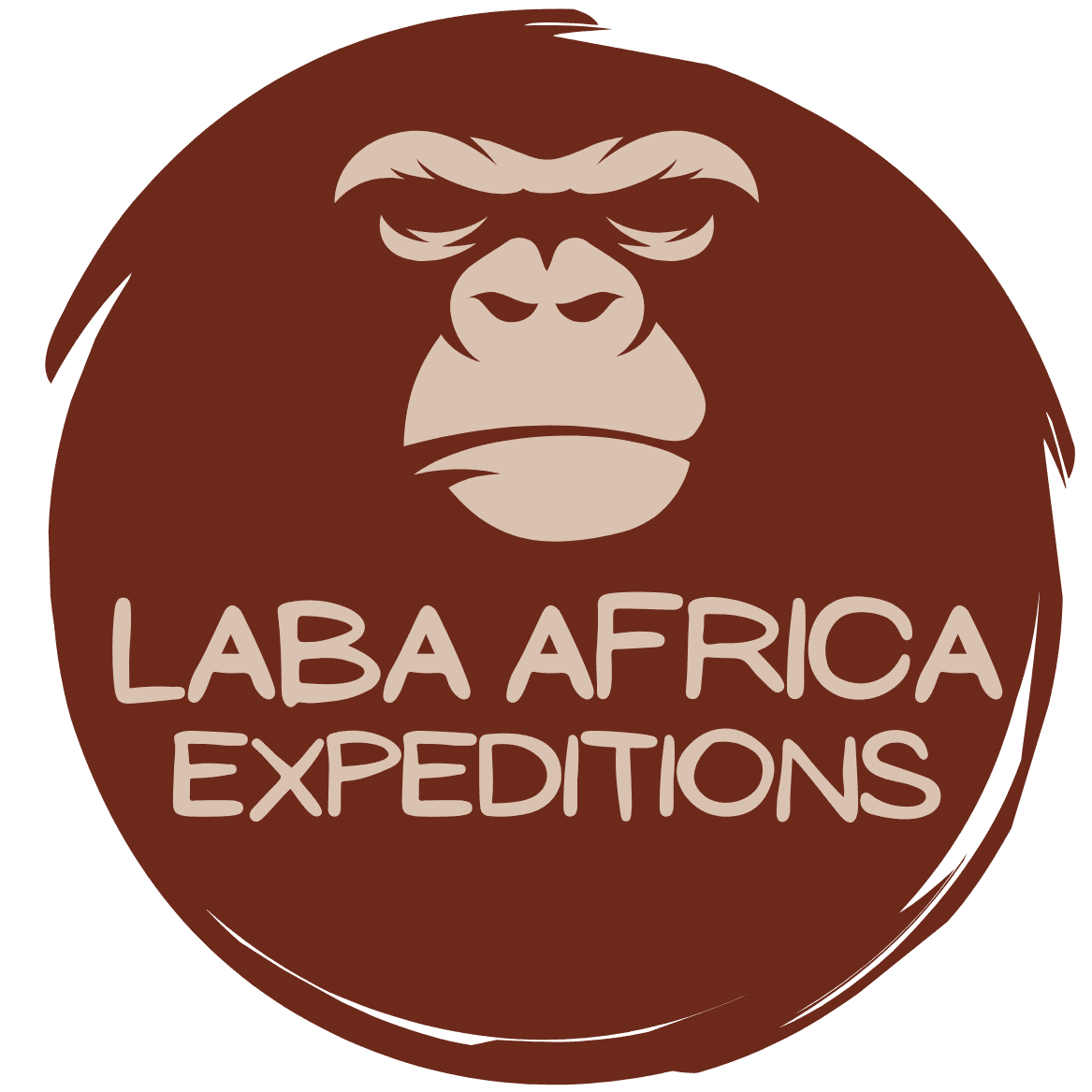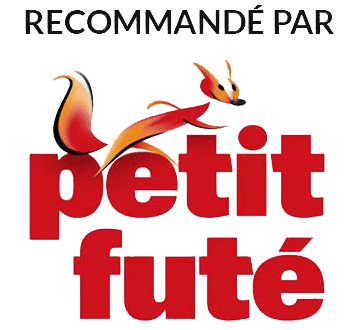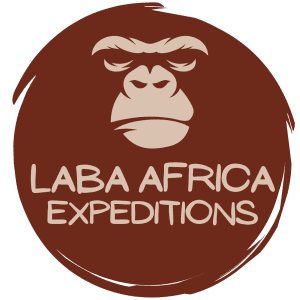south sudan
Mundari Tribe
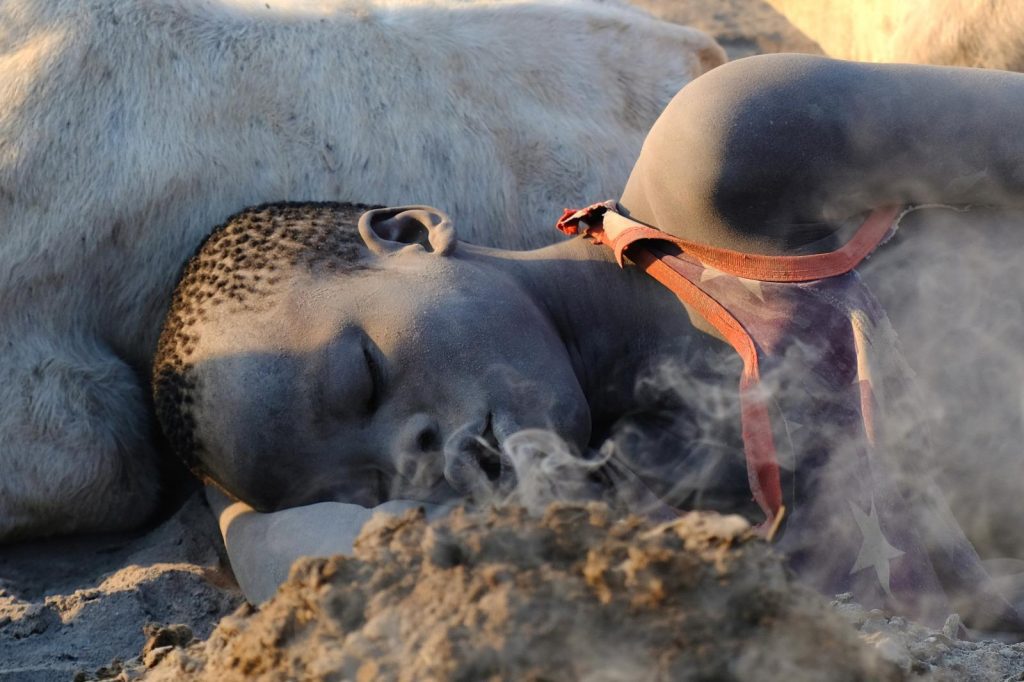
Mundari tribe is a small ethnic group numbering between 70,000 and 100,000 people left living about 75 kms out of South Sudan’s capital Juba. South Sudan as of now 2022 is the 2 youngest country in the word after it attainted independence from the Republic of the Sudan in 2011 after a 21-year civil war. During the war, Mundari militias organised themselves into commando units under the leadership of the present governor of the Central Equatoria State.
Mundari are one of the ethnic groups indigenous to the Nile valley (Nilotic). Their main homeland is approximately 75 kilometres north and living besides the Nile river. Their lands are bounded on the east by the White Nile, an important source of water for livestock.
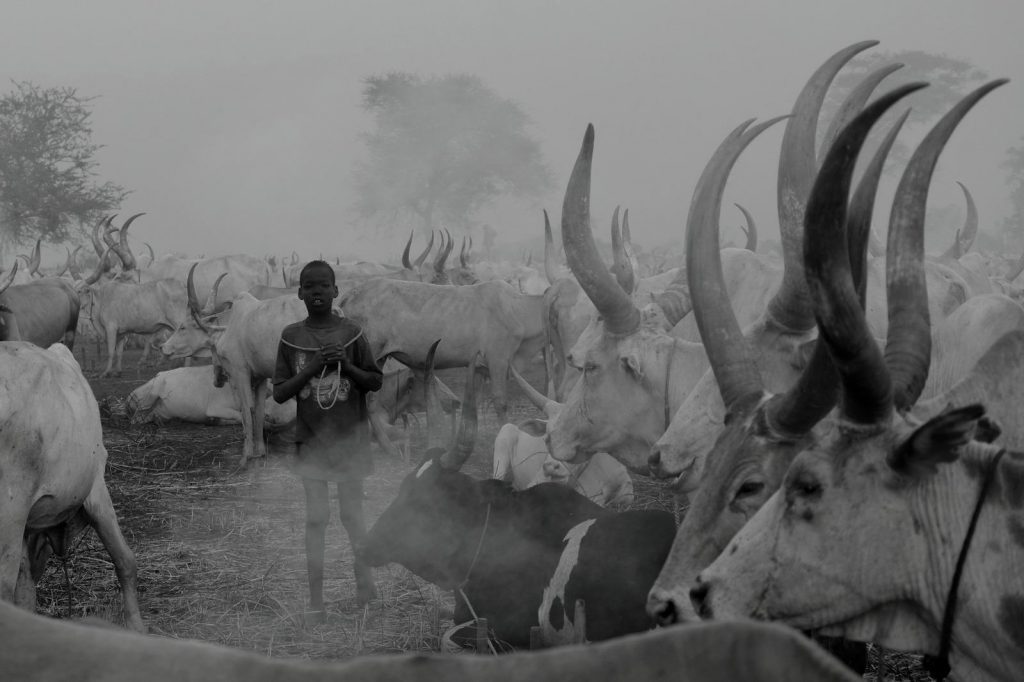
We always think of Dogs as man’s best friends right? Meet the Mundari people of South Sudan. South Sudan is the world’s youngest country, and it has witnessed many rapid changes since gaining independence in 2011. The promise of peace has given way to civil war, and tribal rifts continue to run deep.
Environment
Mundari-land is a forested savannah on both sides of the Nile. Several seasonal and perennial streams drain the western portion, which becomes swampy during the rainy season. The Mundari are agrarians, and their economy is based on subsistence agriculture and livestock herding. Sorghum, maize, groundnuts, and simsim are the main crops. The Mundari raise a large number of cattle, goats, and sheep as mediums, connecting humans and this world with the world of gods.
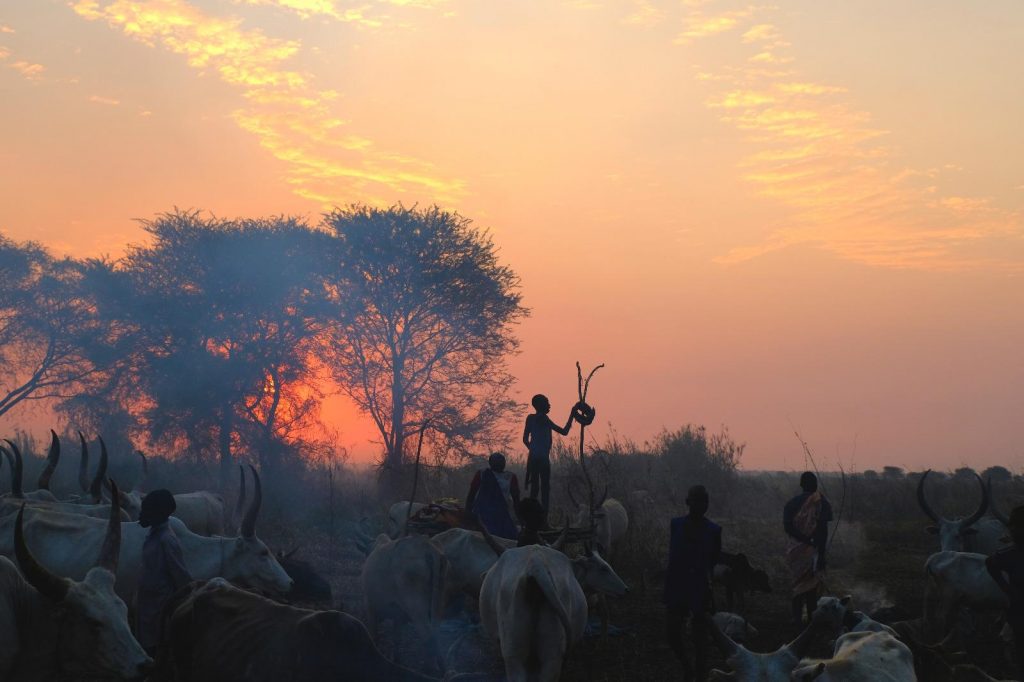
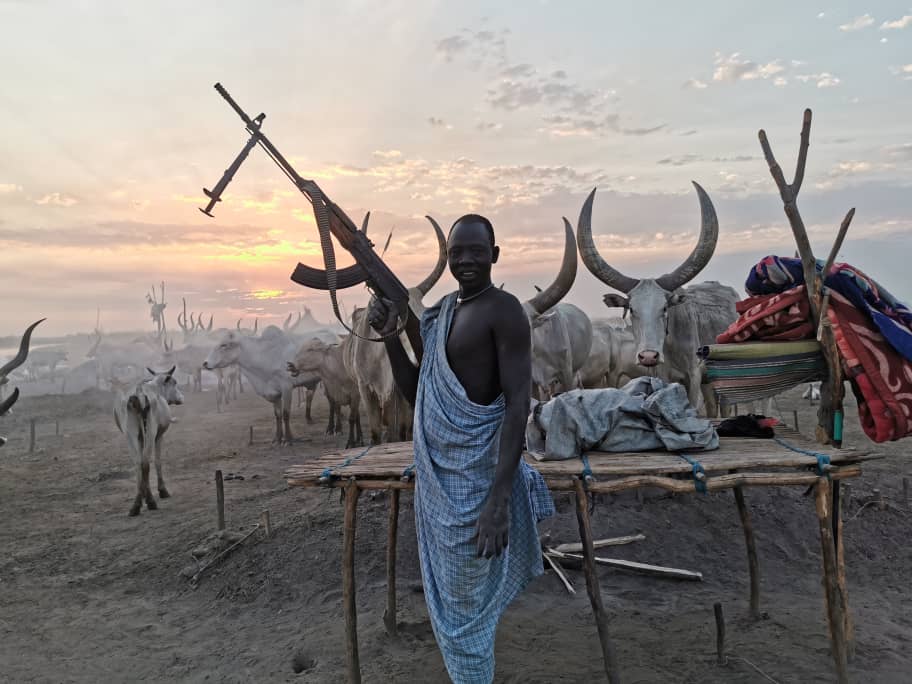
Social Life
The Mundari society is divided into exogamous agnatic lineages. A landowning lineage, ranging in size from about 15 to more than 50 adult males, lives in a chain of hamlets, with each hamlet overseen by a family head. An elder, his married sons with their dependents, and as many maternal relatives who have settled with them occupy a hamlet.
The hamlets may or may not be located adjacently to form the loosely defined residential unit known as a village. Small Mundari villages, made up of minor lineages or small landowning clans, often share water and grazing lands with larger Mundari villages.
Social events in the hamlets and cattle camps bind the community together. While new ties of common residence emerge from mutual aid and entertainment of neighbors in daily tasks, the closest ties remain with the next of kin left behind in the old hamlets (the people to whom an automatic appeal is made in time of need.)
Generosity is highly valued among the Mundari, and there are penalties for the mean, greedy, and parsimonious, who may appear in satirical songs or be teased or rejected in the girls’ courting-huts. It is believed that the annoyance and grumbling of mean people will make them sick.
Unsociable behavior in prominent elders, such as eating at home instead of sharing food in the hamlet kraal, is frowned upon. Mundari upbringing emphasizes the importance of sharing, and the young learn to be generous by constantly exchanging pipes, necklaces, or bracelets, and passing on anything that is not immediately needed to others.
Are Mundari people religious?
Unlike the neighboring tribes like the Dinka Tribe that have largely converted to Christianity, Mundari People have kept an animistic religious practices. Since mundari also belong to the Nilotic tribes in South Sudan and Uganda, they practice of ritual scarification because it is a passage into adulthood for young mundari tribe men.
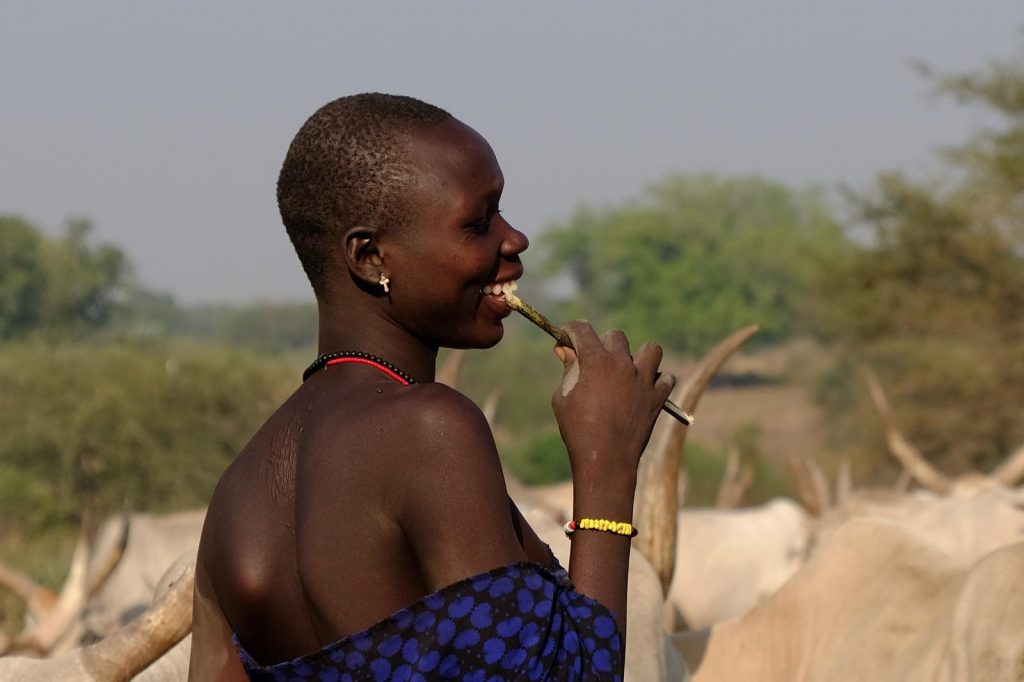
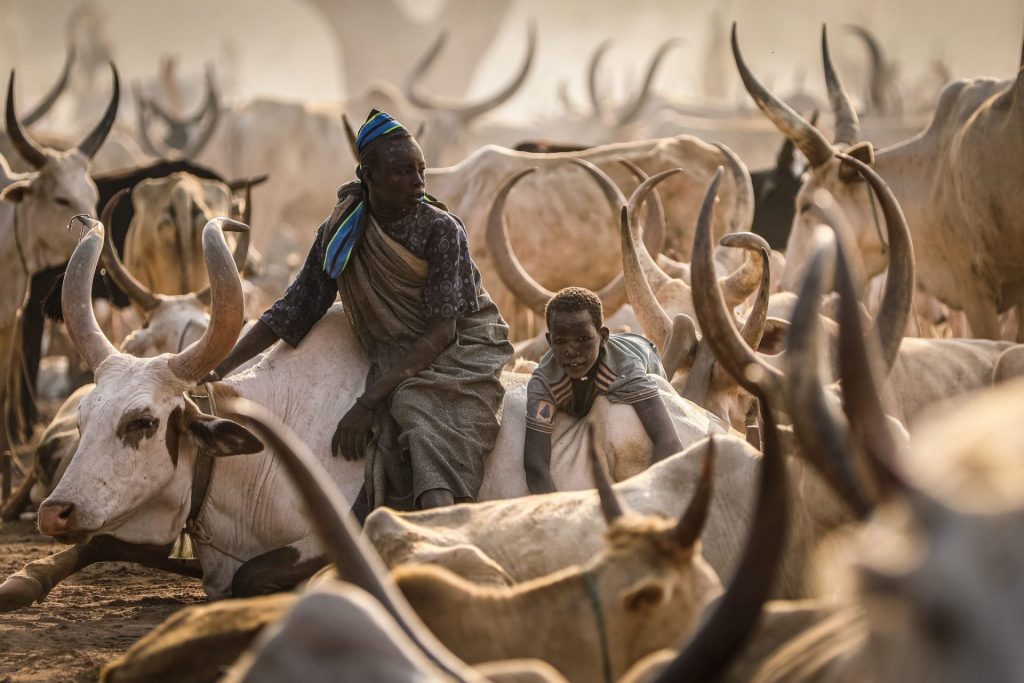
What do Mundari Tribe People eat?
It might come as a surprise to hear but Mundari tribe people almost never eat their cows. However they tend to drink milk, yoghurt mixed with cow Urine and sometimes fish from the nearby river Nile. Are you dreaming of a tour to meet some of the most indigenous tribes of South Sudan? Check out the packages below or speak to one of our local tour experts who call South Sudan home.
To largely keep themselves clean, Mundari men will squat under steams of cow urine, which they see as a natural antiseptic to fight infection. The act will also tinge their hair orange. According to the information gathered is was discovered that cow urine serves as an antiseptic and protects them from scorching heat. The cows are among the world’s most pampered.
We invite you to join the ethnographic route to discover some of Africa’s most traditional tribes. South Sudan is Africa’s newest country and it has not yet been discovered by tourism.
Where do Mundari People live?
Mundari people live in Terekenka county just besides the river Nile and it flood during the wet season but provide grazing during the dry season, as well as higher places with less rich, sandy soils. Annual rainfall is approximately 900 millimetres (35 in). People grow crops as well as tend cattle. Cattle give milk and sign of riches, yet they are never sold or butchered unless there is an emergency. Cattle raids by the Dinka Bor of Jonglei State Lakes State have harmed the inhabitants. In 2009, the government undertook a disarmament operation in Terekeka county, leaving the Mundari people fewer armed and less equipped to defend themselves than the Dinka cattle theaft.
People eat a variety of wild foods, including green leaves, fruits, and tubers, especially during the months of April and May, when no other food sources are available. Small game hunting season lasts from December to April. During the dry season (January to March), fish are collected using locally constructed spears, nets, and hooks. Fishing here is usually substantial and not for any sort of commercial purposes
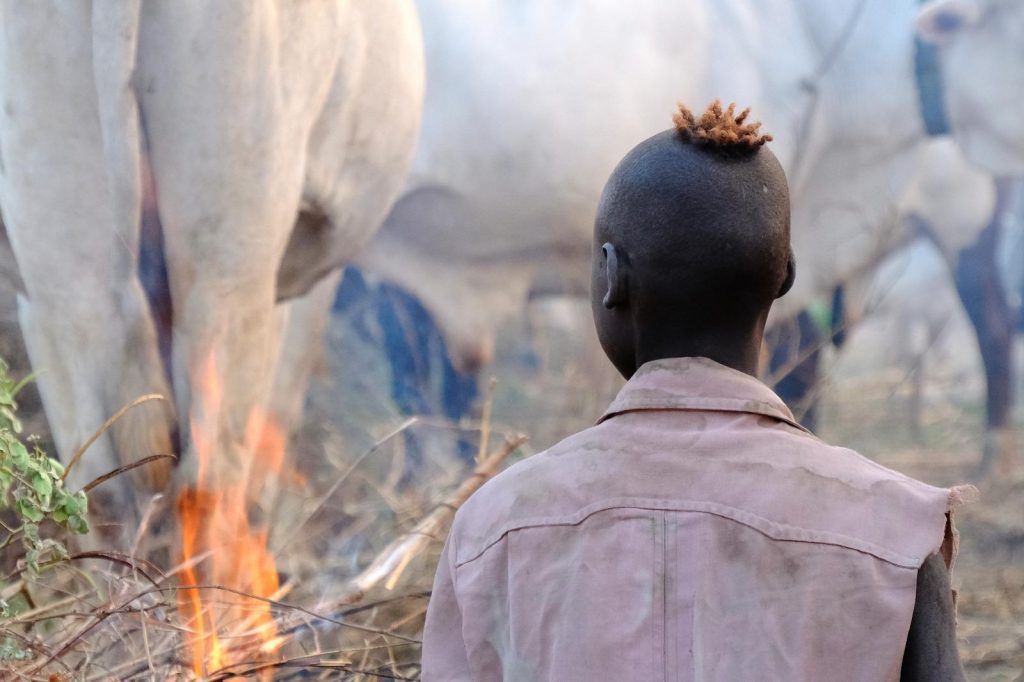
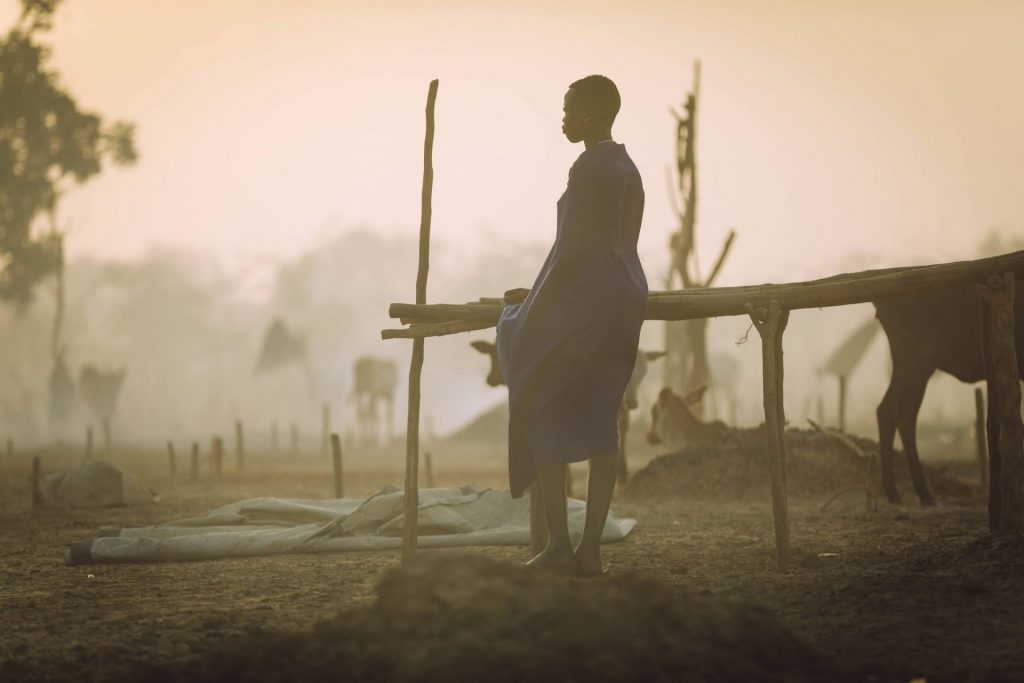
Political Life
Mundari territory is divided into village chiefdoms. Traditional chiefdom boundaries enclose significant spheres of partisan loyalty, social activity, and religious affiliation. Personalities whose forefathers represented a group’s past autonomy continue to wield influence, even if they lack political authority (administrative chiefs imposed by the government).
Mundari chiefs are traditionally hereditary – male line – and are referred to as chiefs of the country (“”Mar lo jur”” or “”Mar lo Bay”‘). There is also the meeting shade and council chief (“”Mar lo toket”‘). Rain rites and shea tree rites practitioners wield power, as do elders and cattle camp leaders.
Arts, Music, and Literature
The Mundari culture is transmitted orally through songs, many of which are satirical in nature to correct social misbehavior, dance, poems, and other body expressions that reflect good, generosity, and other Mundari core values. They’ve created physical arts that showcase Mundari cultural identity. They have mastered the arts of weaponry and body decoration.
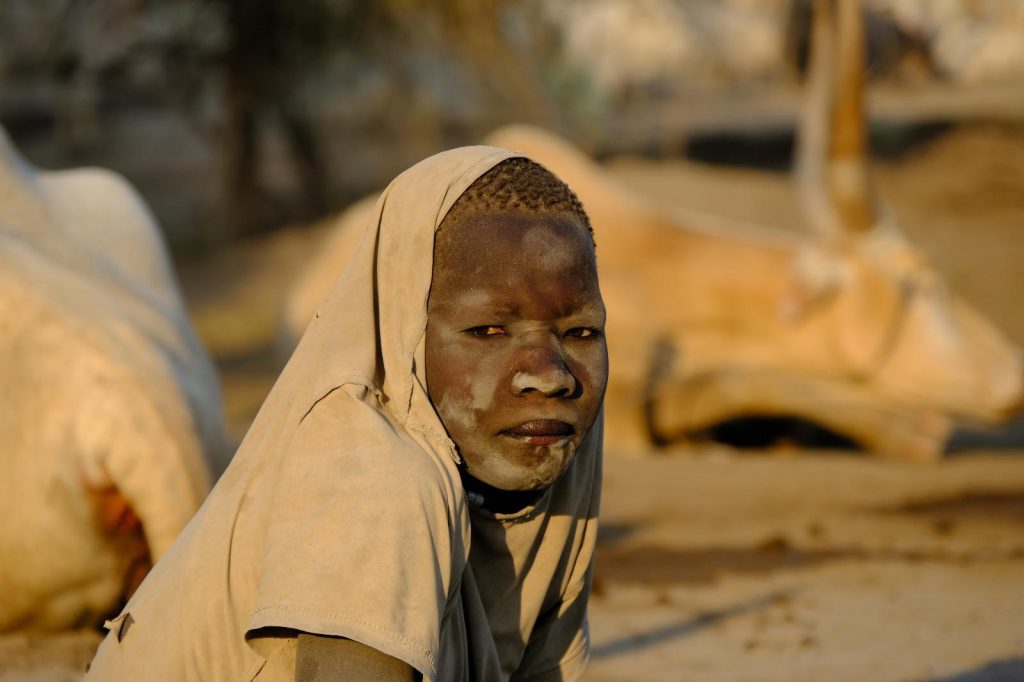

Mundari Tribe Scarification
Mundari People of South Sudan have marks that are permanent body modification that involves scratching, etching, burning / branding, or superficially cutting designs, on to there body mainly on the face. The mundari scars take about 6–12 months for them to heal properly. Scars are purposefully generated in the process of body scarification by cutting or branding the skin using various methods (sometimes using further sequential aggravating wound-healing methods at timed intervals, like irritation).
